Maybe we don't care about what variety the coffee beans are when we drink coffee. When you drink a good cup of coffee, you may think it is the coffee master who makes it well. But from the perspective of the coffee master, a good cup of coffee is just a small effort by the coffee master to show the flavor of this coffee bean.

What variety of coffee do we usually drink?
In today's market, there are mainly two types of coffee produced throughout the year, namely Arabica and Robusta. Among them, Arabica coffee beans account for 60-70% of the global coffee production, and Robusta coffee beans account for 25-30% of the total global coffee production, while Liberica is not commented because the output is too small. These coffee beans will eventually be consumed by people. From a macro perspective, the coffee we drink is either Arabica or Robusta, as well as a mixture of the two.

Robusta coffee variety, also known as medium-grained coffee, is kindly called Robusta. It is recognized by people because of its high yield, ability to adapt to harsh environments, and strong disease and insect resistance. In terms of flavor, it shows an unpleasant flavor such as burnt wheat, earthy, and nuts. Therefore, it is mostly used as the raw material of instant coffee, or as the raw material of Italian blend recipes.
Arabica is just the opposite of Robusta. It has low yield, weakness, and strict growth requirements. But its only advantage - good flavor makes it account for 70% of the global coffee production. Of course, not all Arabica coffee beans have such excellent flavor. Under the Arabica, there are also many subspecies, some of which have excellent flavor and some of which are not satisfactory. Some good coffee varieties (coffee beans) will be consumed in the specialty coffee market, followed by the commercial bulk commodities that flow into the market, and some of them are also used to make instant coffee.
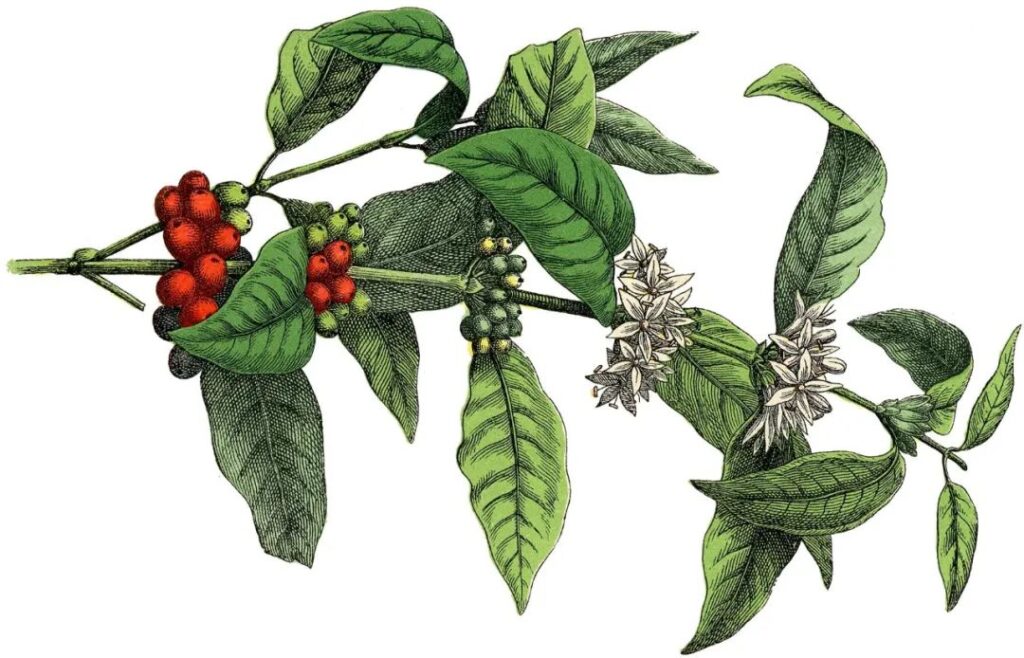
Therefore, emphasizing "100% Arabica coffee beans" may not be good, because the benchmark of Arabica is Robusta, and good coffee beans will not be concerned about whether it is 100% Arabica, but about which subspecies under the Arabica.
Common coffee varieties of Arabica beans
Coffee variety is very important for specialty coffee. This is a question about the starting line. Selecting and breeding good coffee varieties is undoubtedly an innate condition to win in the specialty coffee track.
The coffee varieties that we often drink as single-origin coffee (black coffee) are Typica, Bourbon, Caturra, Geisha, and so on. These coffee varieties all belong to the Arabica species.
Typica is a long-standing and well-known coffee variety, so often guests ask which one is better, Arabica or Typica. Here, FrontStreet makes a little analysis. FrontStreet prefers to call Arabica coffee species and Typica coffee varieties, which leads to the relationship between species and varieties. Species is the basic unit of plant taxonomy, and the cultivar is a plant with relatively stable genetic traits formed by artificial cultivation and breeding.
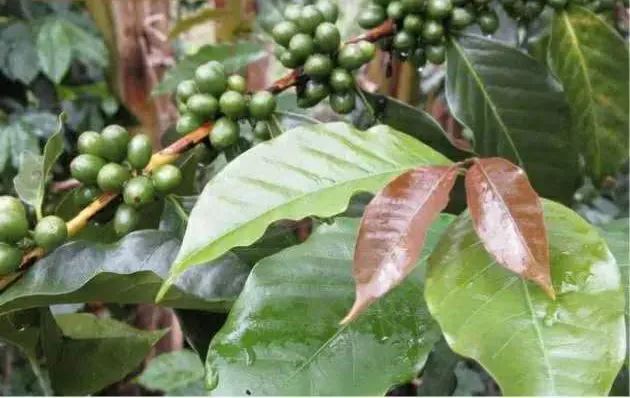
Therefore, we can regard Typica as a common variety selected by people from Arabica. The vegetation characteristics of Typica are that the new leaves show a bronze color, so it is also called "red top". Typica is an ancient coffee variety with an elegant flavor. Its flavor characteristics are excellent acidity and flower fragrance. Due to the global leaf rust, coffee-producing countries have replaced it with varieties with stronger disease resistance. At present, the more famous Typica coffee-producing areas are Jamaica Blue Mountain and Hawaii Kona.
Bourbon coffee variety, like Typica, is an ancient and excellent variety. It is a variant of Typica in Yemen in the early days. The characteristics of its coffee beans are more rounded, rather than the thin and pointed shape of Typica. Bourbon once also set off a global planting trend, but also receded due to low yield and weak disease resistance. It is currently mainly grown in Brazil, El Salvador, and Guatemala. Bourbon coffee beans have very excellent flavors, such as the acidity of red wine and the sweet and fragrant rhyme.

Although the distribution area of Bourbon coffee is not as large as before, its influence exists in another form. The variants of Caturra, Pacas, and Villalobos replace Bourbon and continue to be planted in Central and South America, becoming the main varieties of coffee in Central and South America.
Geisha coffee variety is more well-known than the previous varieties, and even friends who don't drink coffee know that Geisha is a synonym for good coffee. Geisha coffee first became famous in the 2004 BOP Raw Coffee Competition. The Emerald Estate brought a "strange coffee bean" and won the championship. This bean is Geisha coffee. Geisha coffee has a fragrant white flower fragrance, delicate and elegant citrus acidity, and a sweet honey rhyme, making major specialty coffee-producing countries have the desire to grow Geisha.
According to the tracing of coffee botanists for many years, it was found that the Geisha in Panama was discovered in the Geisha forest in Ethiopia, and then sent to the Kenyan coffee research laboratory, and then went to Tanzania, Costa Rica, and was introduced to Panama in 1970. It began to be used as a border windbreak forest in the Emerald Estate. Later, the owner of the estate found that the coffee produced by this border coffee tree had excellent cupping scores, so it was separated for variety breeding. Finally, it became famous in the world in 2004. Until now, the flavor and price of Geisha coffee are very beautiful.

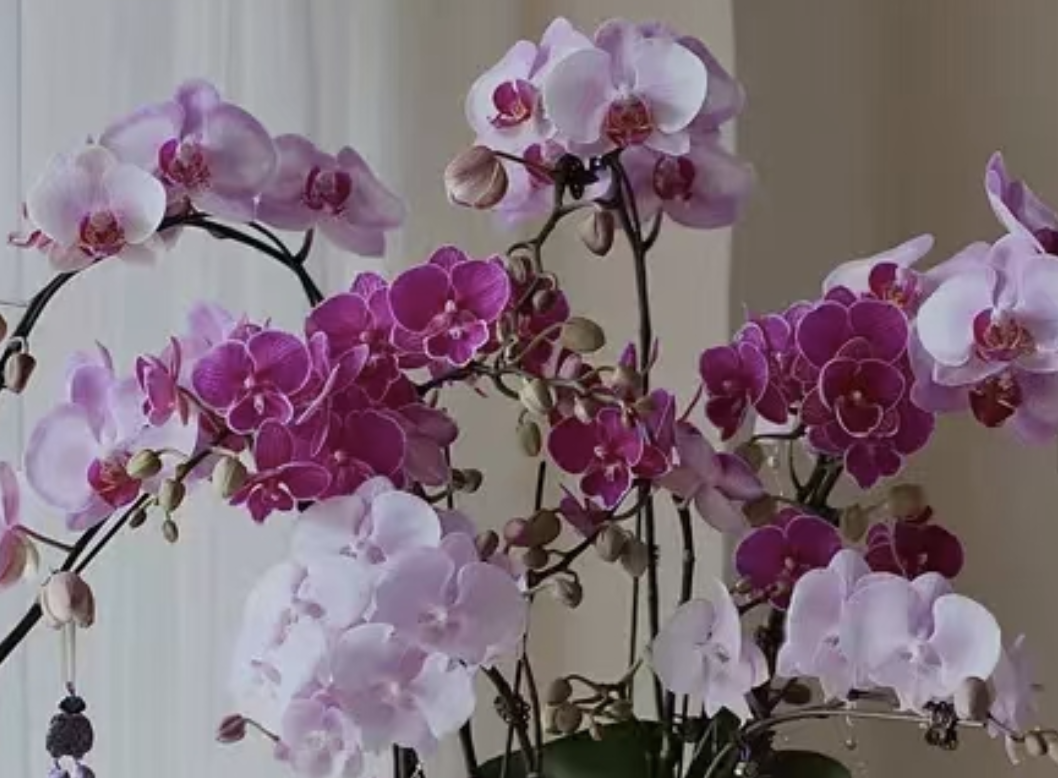
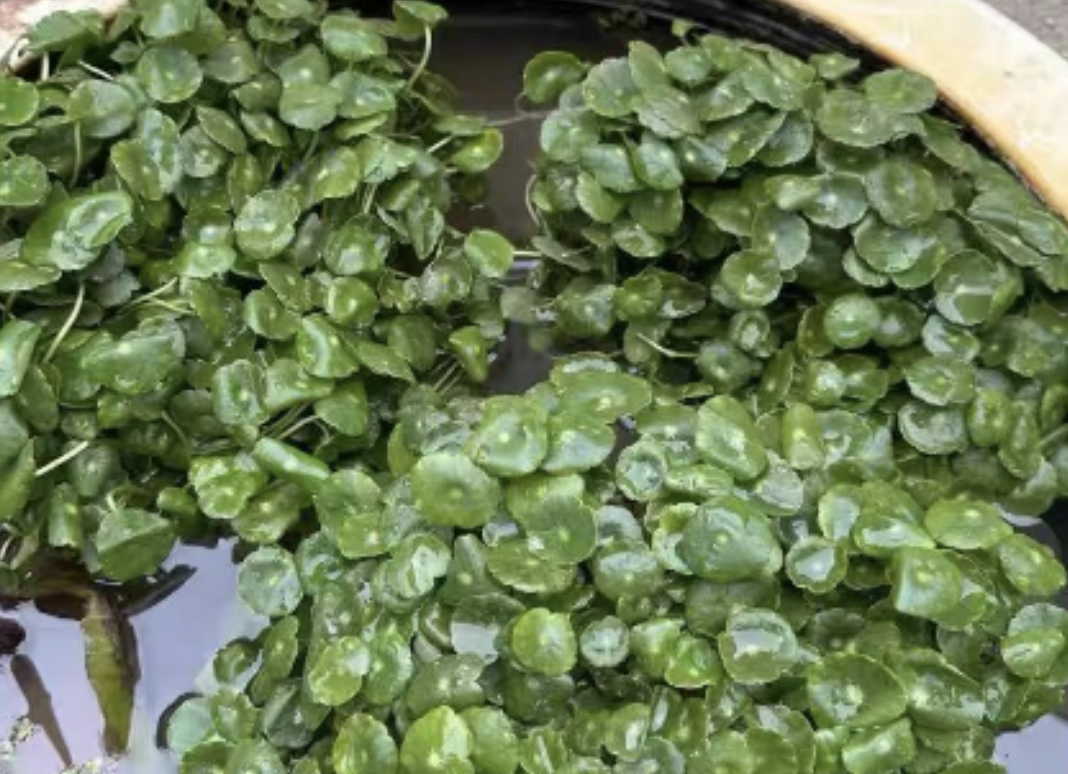
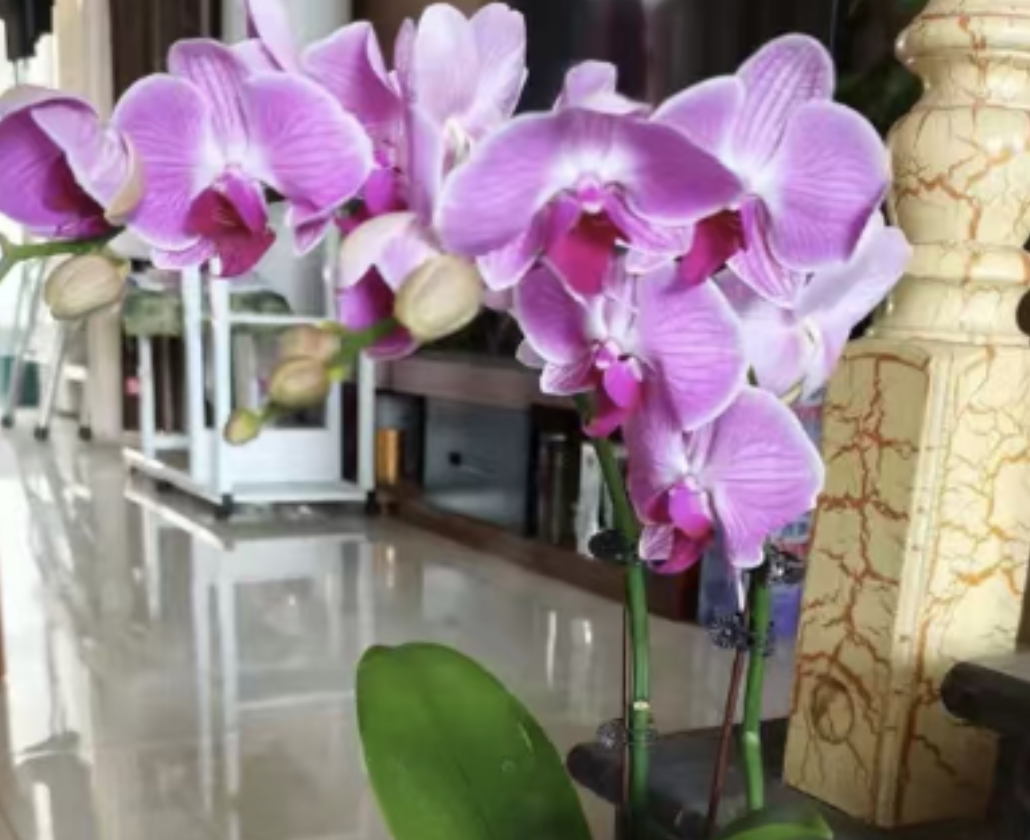
Leave a Reply